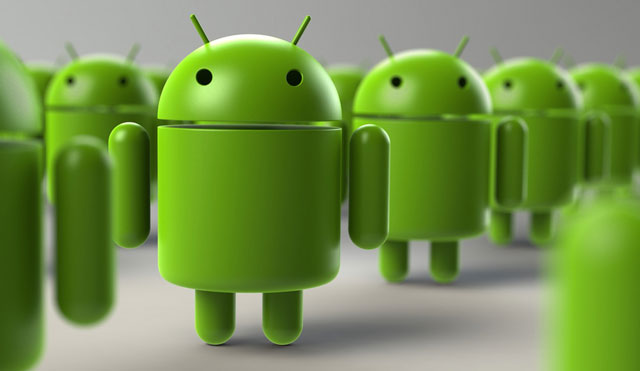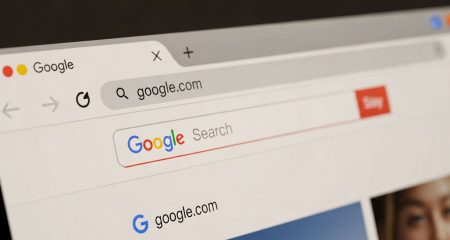
Google is making another go at getting cheap Android phones to support its latest software, an attempt to lock more consumers in the developing world into the Internet giant’s services.
The new programme, called Android Go, was announced at the company’s I/O developer conference on Wednesday in Mountain View, California. It bakes features directly into Google’s mobile operating system that are designed specifically for cheap phones, including software to manage cellular data costs. The service will launch in 2018.
Google releases a new Android operating system every year, but most devices running the software use older versions. These phones do not get as frequent security and feature updates, a persistent problem for the company.
India has more active Android users than the US, Sameer Samat, a Google executive, said on stage on Wednesday. But in countries like this, the high cost of mobile data is a major barrier to consumers buying smartphones and using Google services.
Android Go has a feature that more easily tracks mobile data usage and ties automatically with the billing systems of wireless carriers, Samat said. Google also designed the service to minimise data usage on bandwidth-hungry services like YouTube.
Previously, Google tried to solve this low-end phone issue with a programme called Android One. The service was designed to tailor the latest Android operating system for phones costing around US$100 or less. However, it failed to take off in key markets, like India, because the companies that manufactured the devices couldn’t make much money just selling the hardware.
In an interview, Samat said that the Android One program is continuing, although it dropped the earlier effort to work with phones at the $100 price point.
Android Go will only be available on phones that run Google’s upcoming software version, available next year. So far, most manufacturers have avoided shipping the latest Android on cheap phones to save costs. But Samat said the changes coming with Android Go will convince the hardware partners to change course.
The new software is designed to run versions of Google apps that require less data. Samat mentioned YouTube as one app, but declined to name others. Google will also be curating a list of apps in its digital store that are designed for light data usage. “That’s a selling proposition that people can get excited about,” Samat said.
Facebook tried a similar app-curation strategy — picking a suite of services to “zero-rate”, or subsidise the data charge. That effort fell flat after considerable pushback in countries like India. Samat said Google isn’t using zero-rating in its initial Android Go version.
On stage, Samat demonstrated a novel way for Android users to track their mobile data usage and even pay their monthly or prepaid mobile phone bills via Google Play. Google has set up carrier billing options in its Play store in 55 countries with 140 telecommunications partners. The company doesn’t disclose its Play store sales. Samat declined to share any carrier or manufacturing partners Google has with Android Go. — (c) 2017 Bloomberg LP




